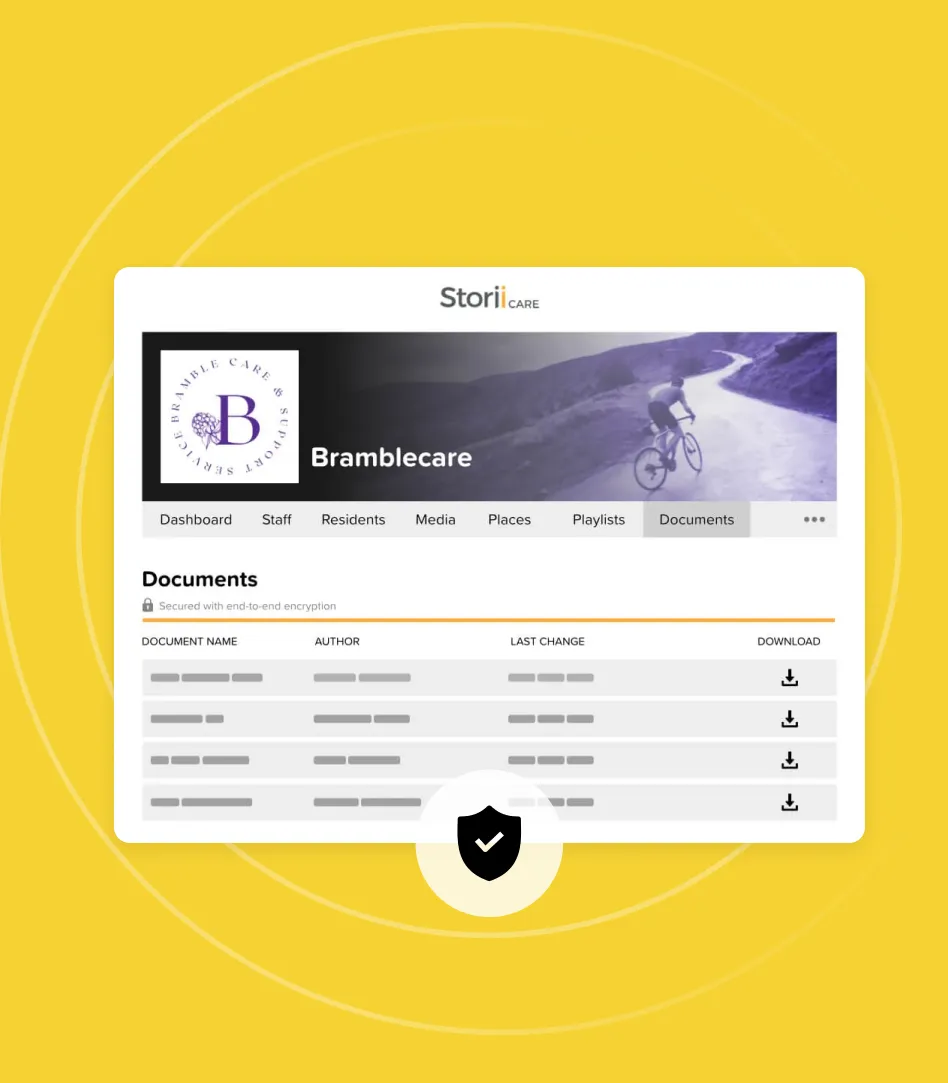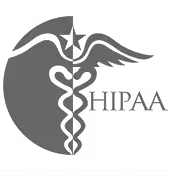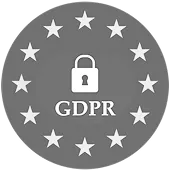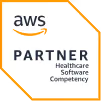One of the most significant benefits to transitioning from a paper-based system to digital care recording is the amount of data that is captured and analyzed. Paper-based systems require extensive time and manpower to manually input and interpret data and analytics. Consequently, care providers miss out on valuable insights and the ability to make data-driven decisions for their business.
Finding the best care management system for your residential care community is the first step towards being able to harness the full power of analytics. Before signing with a supplier, it's important to determine what performance measures are successful and what areas need more attention across clinical, financial and operational systems. Identify which key performance indicators (KPIs) need to be tracked to improve processes and ask software providers whether their systems measure those data points.
Consistently accessing and reviewing analytics enables care providers to operate with efficiency, increase resident and staff satisfaction, enhance preventative care and improve regulatory scores. Curious how data and analytics become powerful tools for care providers? Read on.
Trend-spotting leads to proactive care
With digital care recording in place, analytics become predictive. This enables care providers to be proactive rather than reactive, acting upon emerging trends before they escalate to greater problems. Instead of treating conditions after the fact, leveraging resident data empowers care staff to spot breaks in the norm that could cause concern. Some systems allow users to sign up for regular email reports, delivering analytics straight to their inbox. This reminder helps decision makers see a big picture overview and easily keep tabs on things that change or are missing. For example, managers may see Incident & Accident trends data and notice an increase in resident falls on certain days. This would then alert them to investigate potential reasons for the increase and solutions to ensure the trend doesn't continue.
Quick access to data and reports leads to easy audits
When it comes to evidencing the quality of care provided, whether it be for the CQC or another regulatory body, transparency is key. When inspectors come around to audit, digital care solutions make providing the necessary information simple and straightforward.
Live-updated information leads to better patient outcomes
With reports and analytics readily available at the touch of a finger, everyone can have clarity around what an individual needs, what's happened or changed recently, and what is being done to support them. Cloud-based information that automatically updates across the platform helps to reduce the margin for workplace errors. When everyone is on the same page, teams are better equipped to provide outstanding quality of care. For example, if a resident that is normally engaged and participating in a lot of community activities starts to frequently decline offers to join events, this will show up in their Engagement Trends. The change in behavior may indicate a decline in mental health and the appropriate staff can follow up on this.


.avif)

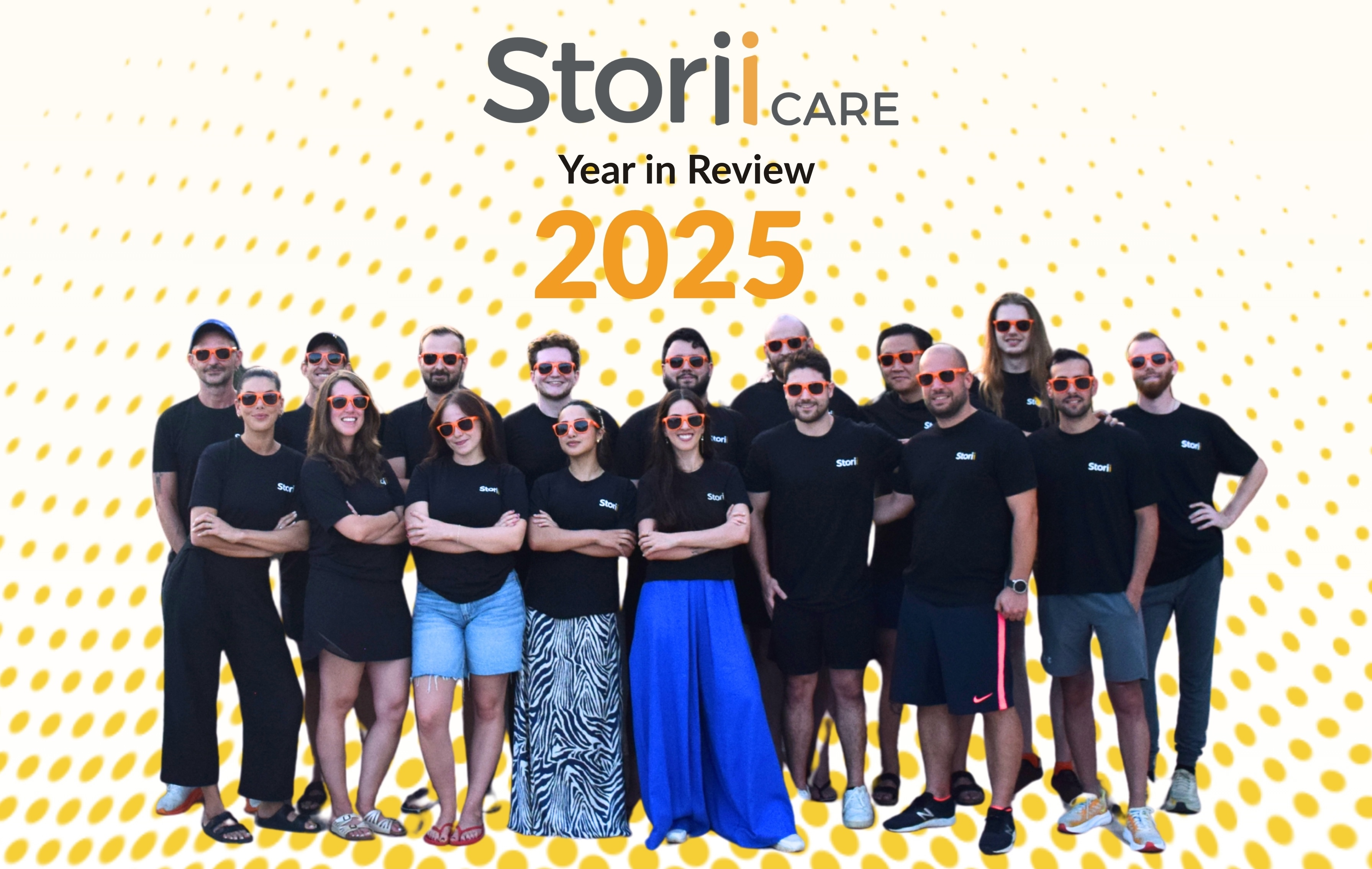
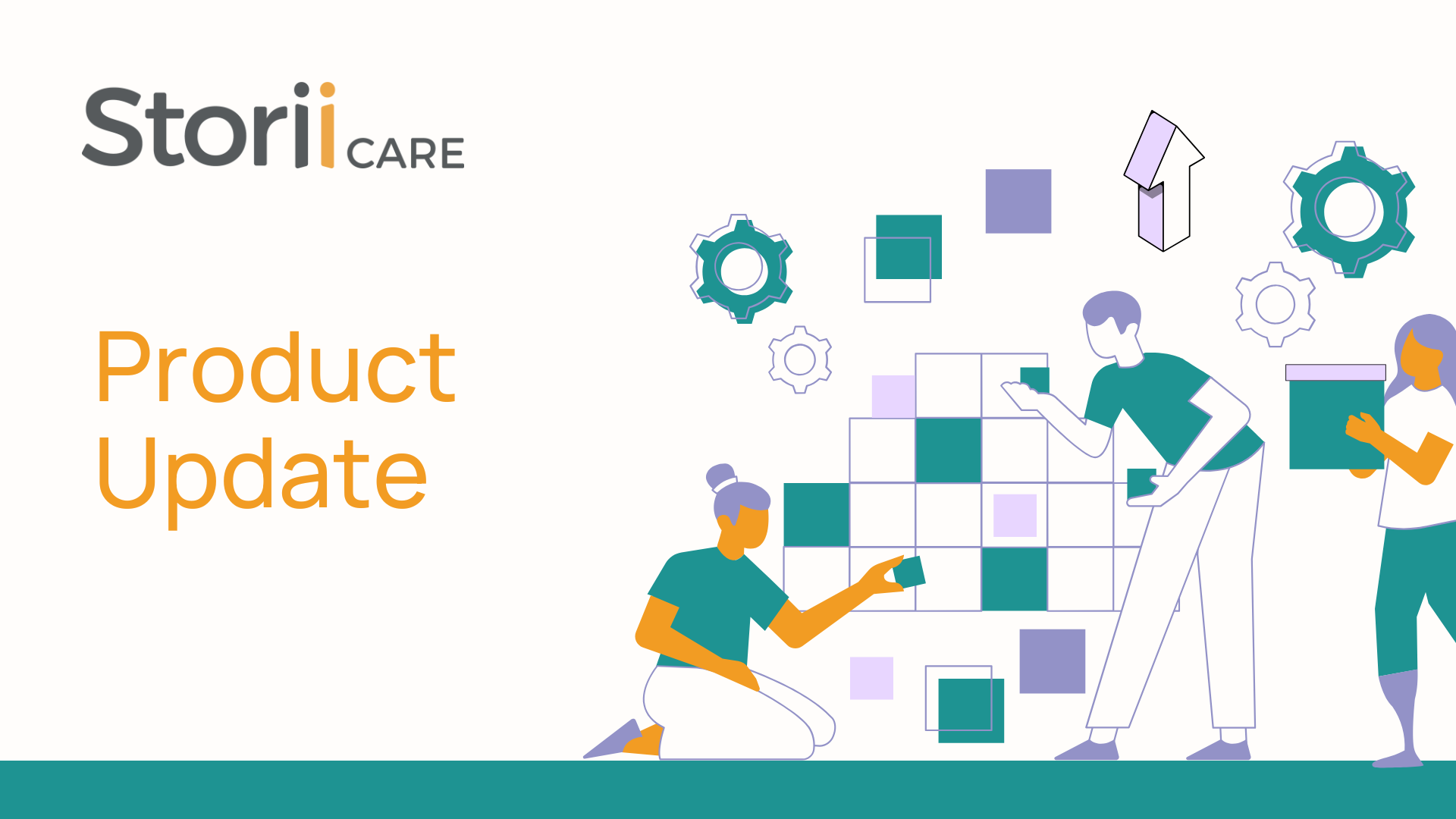
.png)
